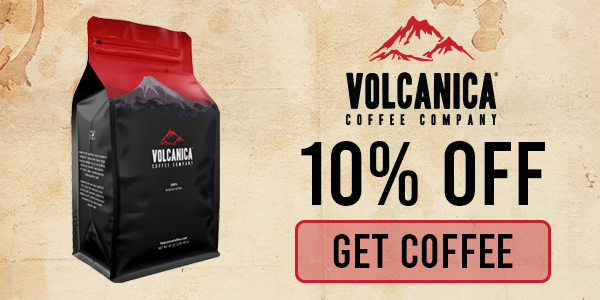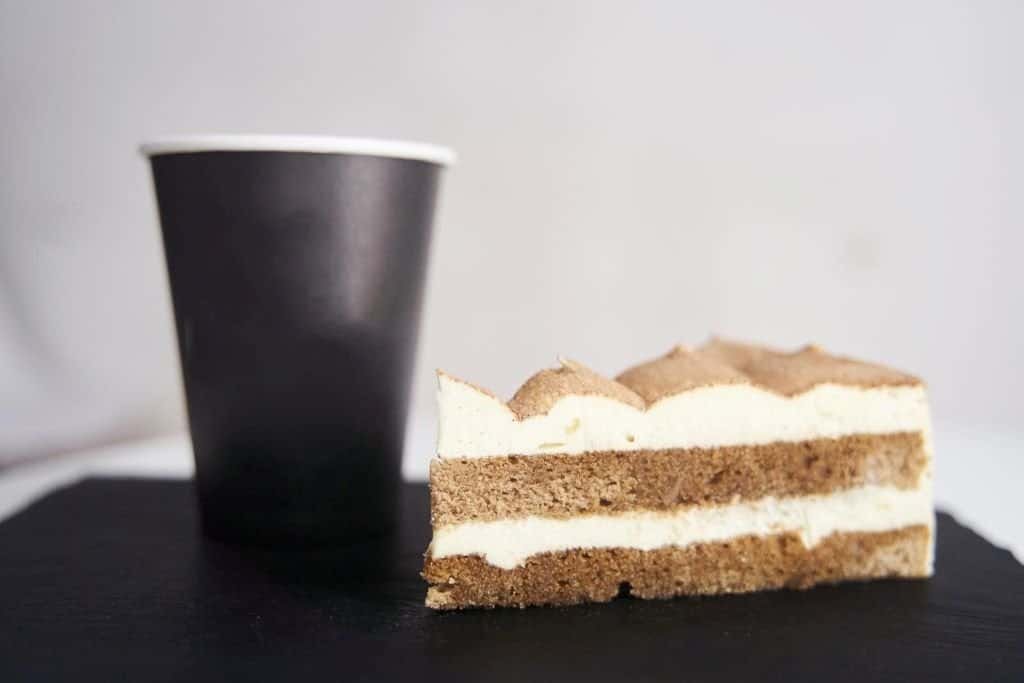Are you curious about Vietnamese coffee? Have you heard about its mysterious strength but wonder if it actually lives up to the hype? Luckily for you, the answer lies just ahead. Vietnamese coffee is substantially stronger than “regular” coffee.
Its flavor profile is bolder and more bitter, so it is commonly served with sweetened condensed milk. A multitude of differences separate Vietnamese coffee from “regular” coffee, so in this article, we will discuss what specifically makes Vietnamese coffee so much more potent than regular joe and highlight some of these significant differences along the way.
Definition of “regular” coffee
First things first—there is no such thing as “regular” coffee. Regular coffee can mean various things to different people, depending on where they live.
For instance, Vietnamese coffee can be considered “regular” for many living in Vietnam. For the sake of this article, “regular” coffee will refer to a cup made from arabica beans with a paper filter in a coffee machine that wouldn’t look out of place in an office building.
How does it differ from “regular” coffee?
Besides using water to extract oils and flavors from coffee beans, there are few similarities when brewing a cup of regular coffee and making a glass of Vietnamese coffee. Compared to your everyday office coffee or roast-of-the-day from Starbucks, Vietnamese coffee:
- Uses different beans
- Has more caffeine
- Has a different flavor profile
- Requires a metal filter called a phin
- Requires a coarser grind size
- Is served differently
Beans

Two coffees rule the world; their names are Robusta and Arabica. Vietnamese coffee is unique because it uses Robusta beans instead of Arabica, the most popular bean worldwide by a long shot.
Many coffee drinkers around the world do not speak highly of Robusta because they feel it doesn’t taste as good, so if you aren’t too familiar with it, that’s probably why. However, when prepared correctly, Robusta coffee can be just as satisfying.
Here are some of the major differences between the two types:
Robusta
- More Caffeine
- More antioxidants
- Less fat
- Less sugar
- Woody and nutty flavor profile with hints of chocolate
- More bitter
- Less acidic
- The beans are round
- Much cheaper
Arabica
- Fruity and sweet
- Not as caffeinated
- Extensive taste range
- Counts for most of the coffee that is consumed
- Higher sugar content
- More expensive
- More lipids
- The beans are oblong
- More expensive
Taste
Vietnamese coffee has a very bold flavor. It is thicker, darker, nuttier, and far more robust than coffee made from Arabica beans. Its intense taste is one of the main reasons it is so paired with condensed milk. The sweet and creamy milk balances out the bold brew without losing its trademark earthy flavors. Additionally, its low acidity makes Vietnamese coffee an exceptionally smooth beverage.
Filter
Where regular coffee utilizes a paper filter, Vietnamese coffee requires that you use a special metal filter called a phin. This filter consists of four parts: The filter plate, the brewing chamber, the press disc, and the lid.
The filter plate sits atop a drinking glass and has tiny holes to let the brewed coffee move through. The brewing chamber also has little holes on the bottom and goes on the filter plate. The brewing chamber is where you will place your grounds. The press disc is similar to a tamper, for it is used to apply pressure to the grounds.
However, it is different from a tamper because it also has holes like the plate and chamber. Water is poured directly over the press disc and left in the brewing chamber until the coffee is finished. Lastly, the lid is placed on top of everything, ensuring heat is trapped within the chamber. The brewing process should take about five or six minutes.
Grind Size and Brew Time
Compared to a paper filter, the phin has much larger holes for the hot water to pass through, which means a coarse grind setting is the one for the job. If the grinds are too fine, they will fall through the holes in your phin and hang out in the bottom of your glass until you take that final sip.
Hot water flows through a paper filter rather quickly, but with the metal phin, this is not the case. The hot water spends more time in the brewing chamber, making the end product more powerful than your average joe.
Exactly how much caffeine does Vietnamese coffee have?
Okay—here comes the moment you’ve been waiting for. We’ve established that Vietnamese coffee has a much higher caffeine content than regular coffee. But how much caffeine is in the stuff exactly? The answer is twice as much.
A cup of Arabica coffee contains 1-1.5% caffeine, while a Vietnamese coffee made from Robusta beans has 2-3% caffeine, which is a sizable difference. For example, Vietnamese coffee has 254 milligrams of caffeine in an 8-ounce cup. Regular coffee ranges from 50 to 200 milligrams of caffeine per eight-ounce cup—and espresso about 65 milligrams of caffeine per ounce. If you are in serious need of a boost, Vietnamese coffee is what you want in your glass.
How is Vietnamese Coffee Served?
Vietnamese coffee is different from regular coffee in its preparation, taste, and pretty much everything else, so it should be of no surprise that it is served in a way about as opposite as you can possibly get from our office coffee.
Regular brew is served in a mug and might have cream and sugar. Vietnamese coffee is almost always served cold in a glass with ice and sweetened condensed milk.
Final Notes
To recap, Vietnamese coffee contains twice as much caffeine as standard Arabica coffee. Its use of robusta beans and its unique brewing process with the phin are what allows Vietnamese coffee to be so darn potent.




